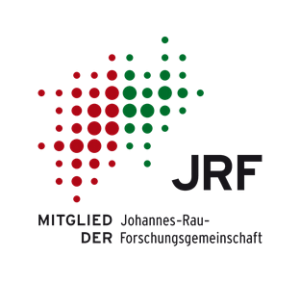Nature Materials puts spotlight on large scale Graphene production
The latest issue of the scientific journal Nature Materials focusses on the current status of large-scale graphene production. Mastering the large scale production of graphene and its integration into electronic devices is currently major roadblock towards the commercial success of this novel material.
One Commentary Article in this issue, written by Daniel Neumaier (AMO), Stephan Pindl (Infineon) and Max Lemme (AMO, RWTH), discusses, how graphene may be successfully integrated into a conventional silicon fabrication line and which processing steps remain critical and decisive. The successful 3D-integration of graphene into silicon fabrication lines is especially promising for graphene-based sensors, such as magnetic field, gas or light sensors, on top of conventional silicon CMOS logic. Such hybrid systems will exploit the advantages of both materials and are expected to play an important role in the More-than-Moore domain.
The silicon integration of graphene and graphene based devices are among the main research fields at AMO and the Aachen Graphene and 2D Materials Center.
The full article can be found online in the current issue of Nature Materials: https://www.nature.com/articles/s41563-019-0359-7
D. Neumaier, S. Pindl and M. Lemme “Integrating Graphene into Semiconductor Fabrication Lines” Nature Materials 2019; DOI: 10.1038/s41563-019-0359-7.
The full issue is available online at: https://www.nature.com/nmat/
The research work was funded by the European Commission through the project Graphene Flagship (785219).





